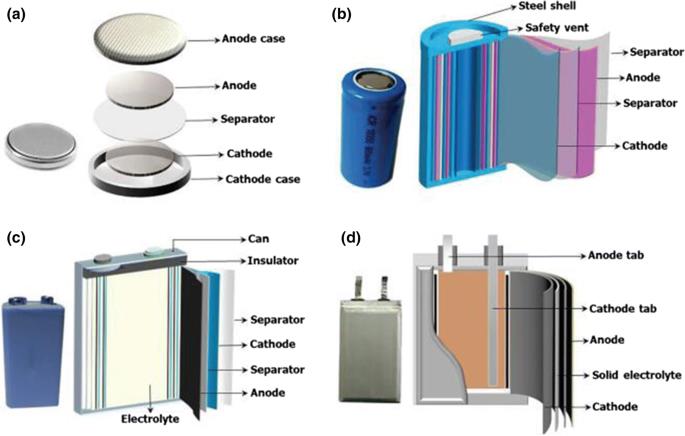Protection Circuit Requirement: One critical limitation of lithium-ion batteries is their need for a protection circuit to regulate voltage and current within safe limits. Due to their inherent characteristics, lithium-ion cells can be prone to overcharging and over-discharging, which can lead to safety hazards or even cause damage to the battery. The protection circuit built into each battery pack plays a vital role in maintaining the battery's voltage and current within safe operating ranges, safeguarding the battery and the connected devices.
Aging Effect: Lithium-ion batteries are subject to aging, even when not in use. Over time, the capacity and performance of the battery can deteriorate. This aging effect is influenced by various factors, including temperature and the number of charge-discharge cycles. To mitigate the impact of aging, manufacturers recommend storing lithium-ion batteries in a cool place, preferably at around 40% charge. These precautions help slow down the aging process and preserve the battery's longevity.
Transportation Restrictions: The shipment of larger quantities of lithium-ion batteries may be subject to regulatory controls due to safety concerns. This is particularly relevant for bulk transportation, where strict regulations are imposed to ensure safe handling and prevent accidents or incidents. However, personal carry-on batteries, such as those used in mobile phones or laptops, are typically exempt from these transportation restrictions.
Manufacturing Costs: Lithium-ion batteries can be relatively expensive to manufacture compared to other battery chemistries. The production process involves specialized equipment and materials, contributing to higher costs. On average, lithium-ion batteries are approximately 40% more expensive to produce than nickel-cadmium batteries. However, it is worth noting that economies of scale, advancements in manufacturing technologies, and increasing demand are gradually driving down the cost of lithium-ion batteries over time.
Ongoing Development: Lithium-ion battery technology is still evolving and not considered fully mature. Metals and chemical compositions used in lithium-ion batteries are continuously being researched and refined to improve performance, energy density, and safety. As a result, the technology is in a constant state of evolution, making it challenging to predict the long-term performance and characteristics of lithium-ion batteries accurately.
You can link here to check our lithum battery to choose your own models:
While lithium-ion batteries have revolutionized portable power solutions, it is crucial to recognize and address their limitations. The need for protection circuits, the aging effect, transportation restrictions, manufacturing costs, and the ongoing development of the technology are all factors that require careful consideration.
Through ongoing research, development, and innovation, efforts are being made to overcome these limitations and further enhance the performance, safety, and cost-effectiveness of lithium-ion batteries. As the technology continues to mature, it is expected that these challenges will be mitigated, unlocking even greater potential for this transformative energy storage solution.
In conclusion, understanding the limitations of lithium-ion batteries is vital for making informed decisions and harnessing their benefits effectively. Despite the challenges they present, the advantages of lithium-ion batteries continue to drive their widespread adoption and research efforts aimed at overcoming these limitations, ensuring a brighter future for portable energy storage.


